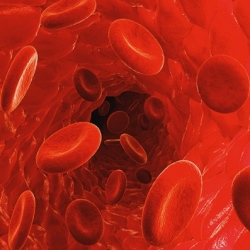
DNA parts were designed with full-size mechanical parts such as hinges and pistons in mind.The project is the first to prove that the same basic design principles that apply to typical full-size machine parts can also be applied to DNA, and can produce complex, controllable components for future nano-robots.
Ohio State mechanical engineers describe how they used a combination of natural and synthetic DNA in a process called “DNA origami” to build machines that can perform tasks repeatedly. “Nature has produced incredibly complex molecular machines at the nanoscale, and a major goal of bio-nanotechnology is to reproduce their function synthetically,” said project leader Carlos Castro, assistant professor of mechanical and aerospace engineering. “Where most research groups approach this problem from a biomimetic standpoint, mimicking the structure of a biological system, we decided to tap into the well-established field of macroscopic machine design for inspiration.”
“I’m pretty excited by this idea,” Castro said. “I do think we can ultimately build something like a Transformer system, though maybe not quite like in the movies. I think of it more as a nano-machine that can detect signals such as the binding of a biomolecule, process information based on those signals, and then respond accordingly, maybe by generating a force or changing shape."
To create more complex nano-machines that could perform such tasks repeatedly, Castro joined with Haijun Su, also an assistant professor of mechanical and aerospace engineering at Ohio State. Combined, the two research teams have expertise in nanotechnology, biomechanics, machine engineering and robotics.
Castro said there are two keys to their unique approach for designing and controlling the machines’ motion. The first involves making certain parts of the structure flexible. They make flexible parts from single-stranded DNA, and stiffer parts from double-stranded DNA.
